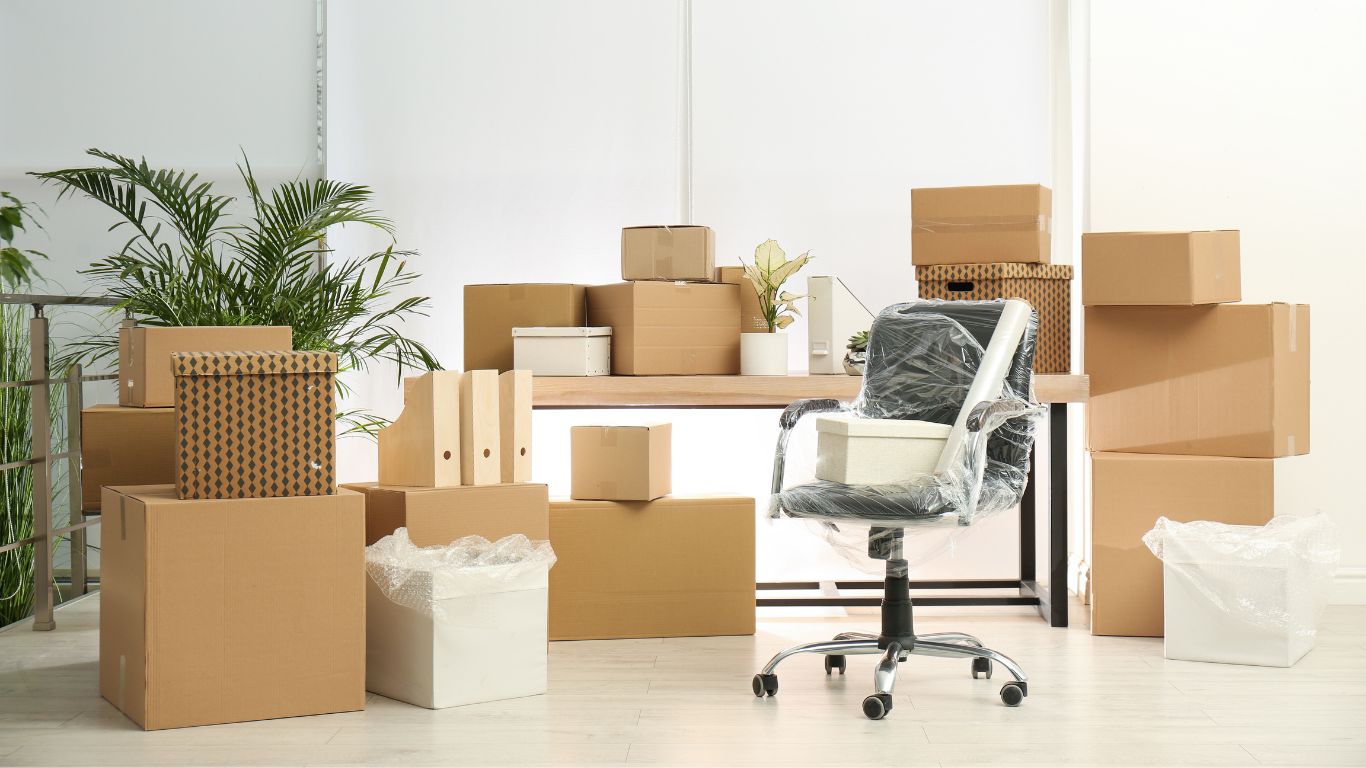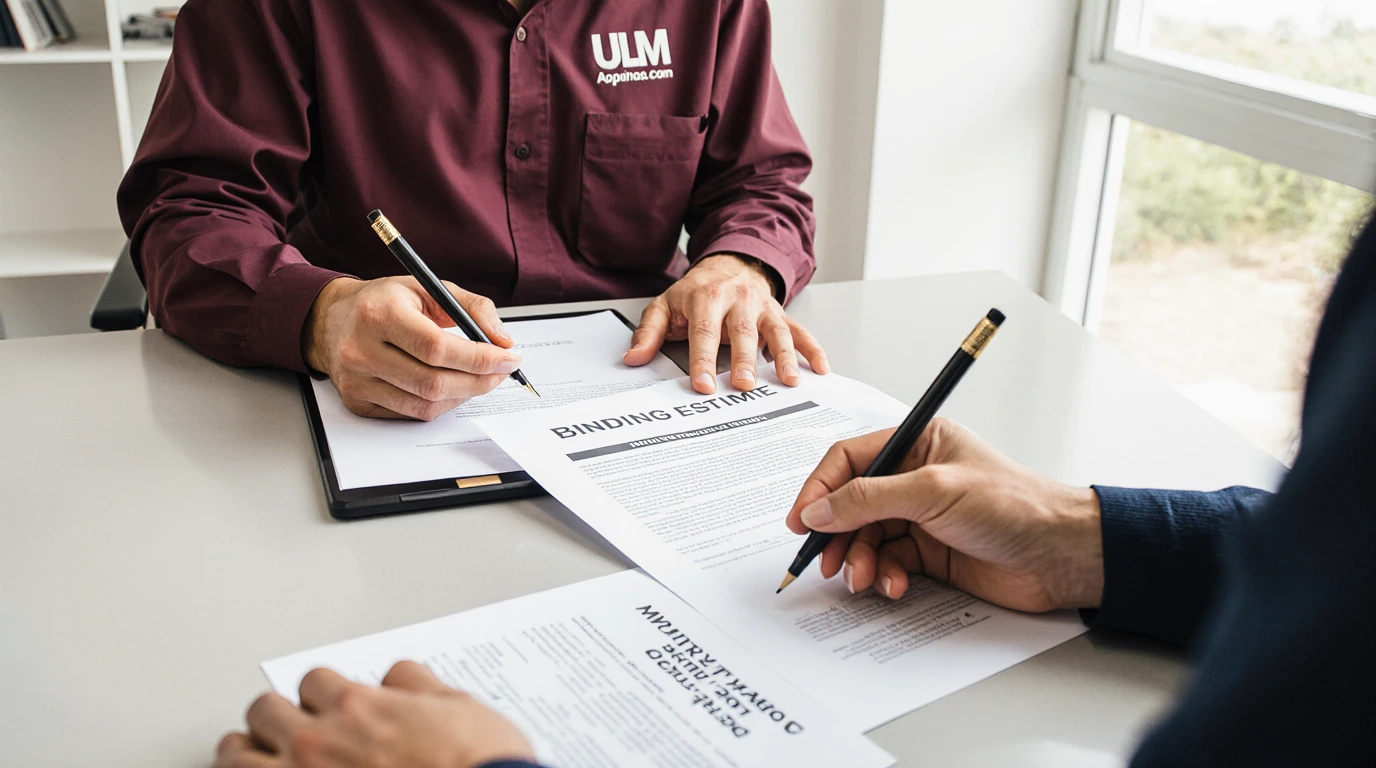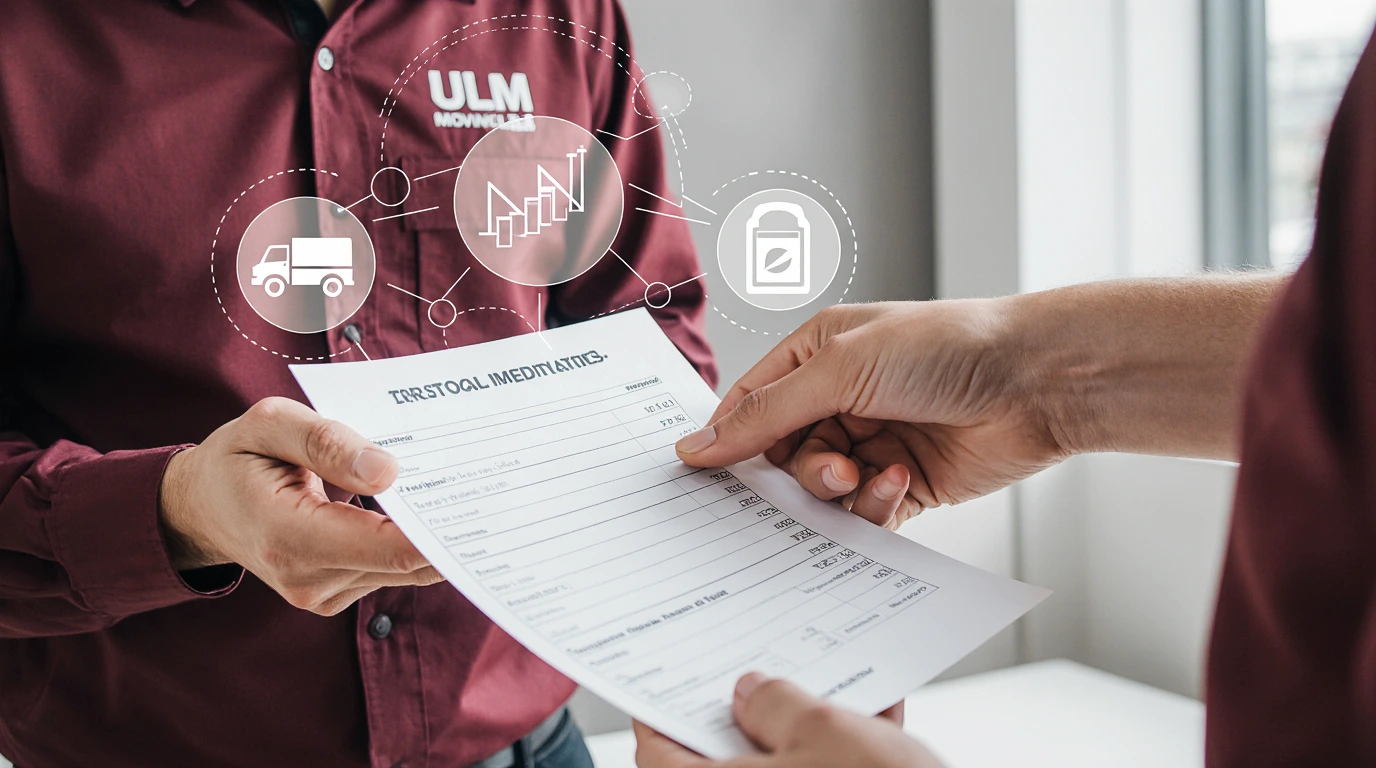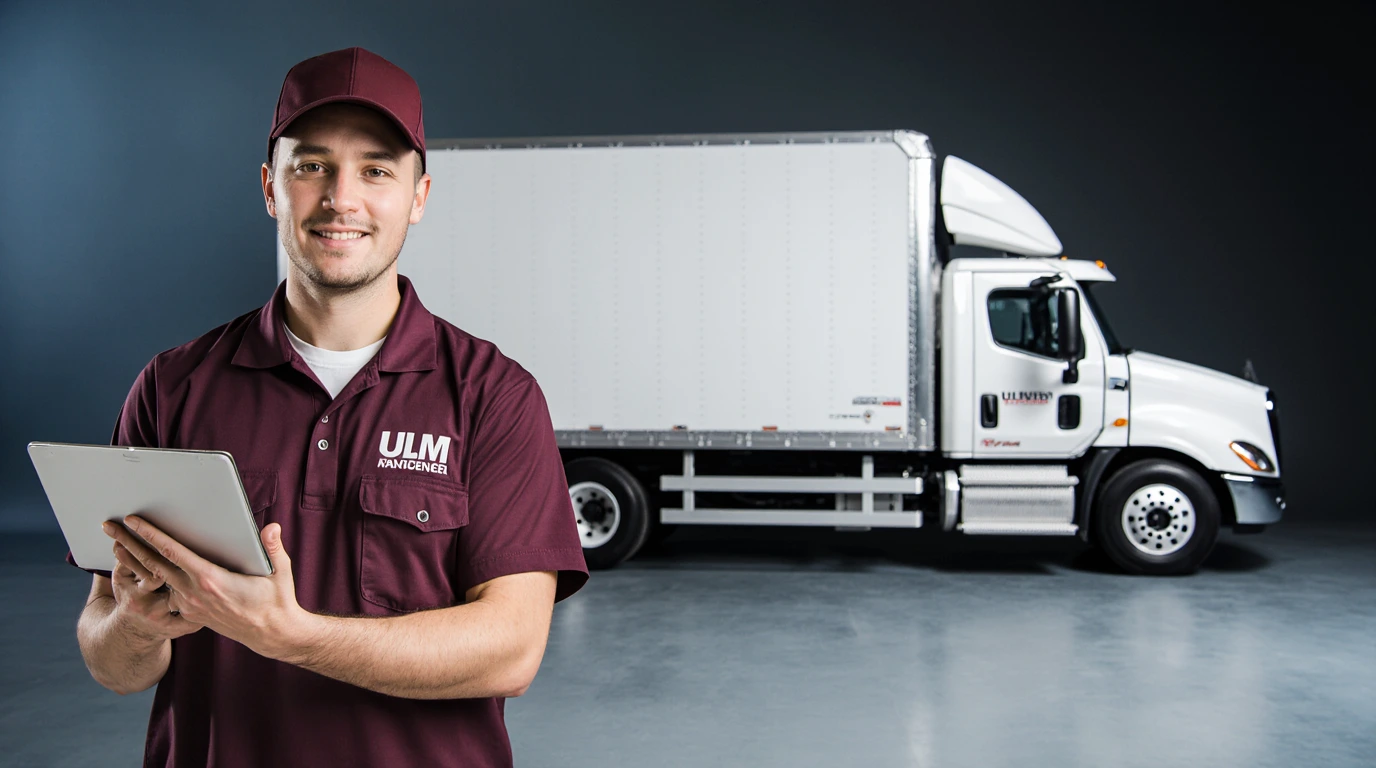Discover the best practices for safely packaging your office equipment to ensure a smooth and secure office relocation.
Understanding the Importance of Proper Packaging
Proper packaging is crucial when it comes to relocating office equipment. It ensures that your valuable items are protected from damage during transit. Office equipment, such as computers, printers, and office furniture, can be expensive and delicate. By understanding the importance of proper packaging for office moves, you can ensure that your equipment arrives at its destination in good condition.
When office items are not properly packaged, it is at risk of getting damaged. This can lead to costly repairs or replacements, which can disrupt your business operations. Additionally, damaged items from moving may result in data loss or compromised functionality. Therefore, taking the time to package your office equipment correctly is essential for a smooth and successful relocation.
Gathering the Necessary Packaging Supplies
Before you start packing office equipment, gather all the necessary supplies. This includes sturdy cardboard boxes, bubble wrap, packing peanuts, packing tape, labels, and markers. It’s important to use high-quality packaging materials to ensure the safety of your equipment during transit.
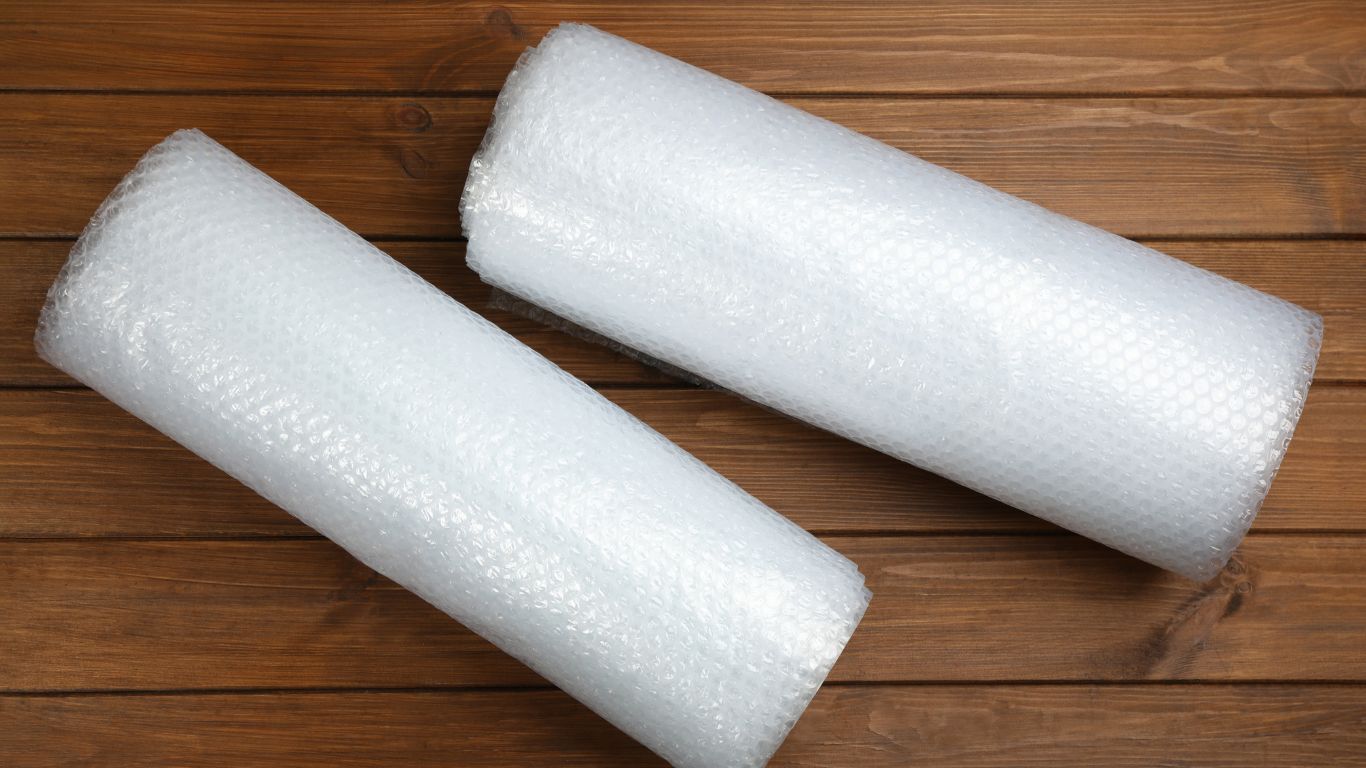
Consider the size and weight of your office appliances when selecting the appropriate packaging supplies. Use boxes that are slightly larger than the equipment to allow space for cushioning materials, especially when fragile items are involved. Bubble wrap and packing peanuts provide excellent protection against impacts and vibrations. Make sure to have enough packing tape to securely seal the boxes, and use labels and markers to clearly identify the contents of each package.
Disassembling and Preparing Office Equipment for Move
Before packaging your office equipment, it’s advisable to disassemble any removable parts. This will help reduce the risk of damage during transit. Follow the manufacturer’s instructions or consult an expert if you’re unsure how to disassemble certain equipment.
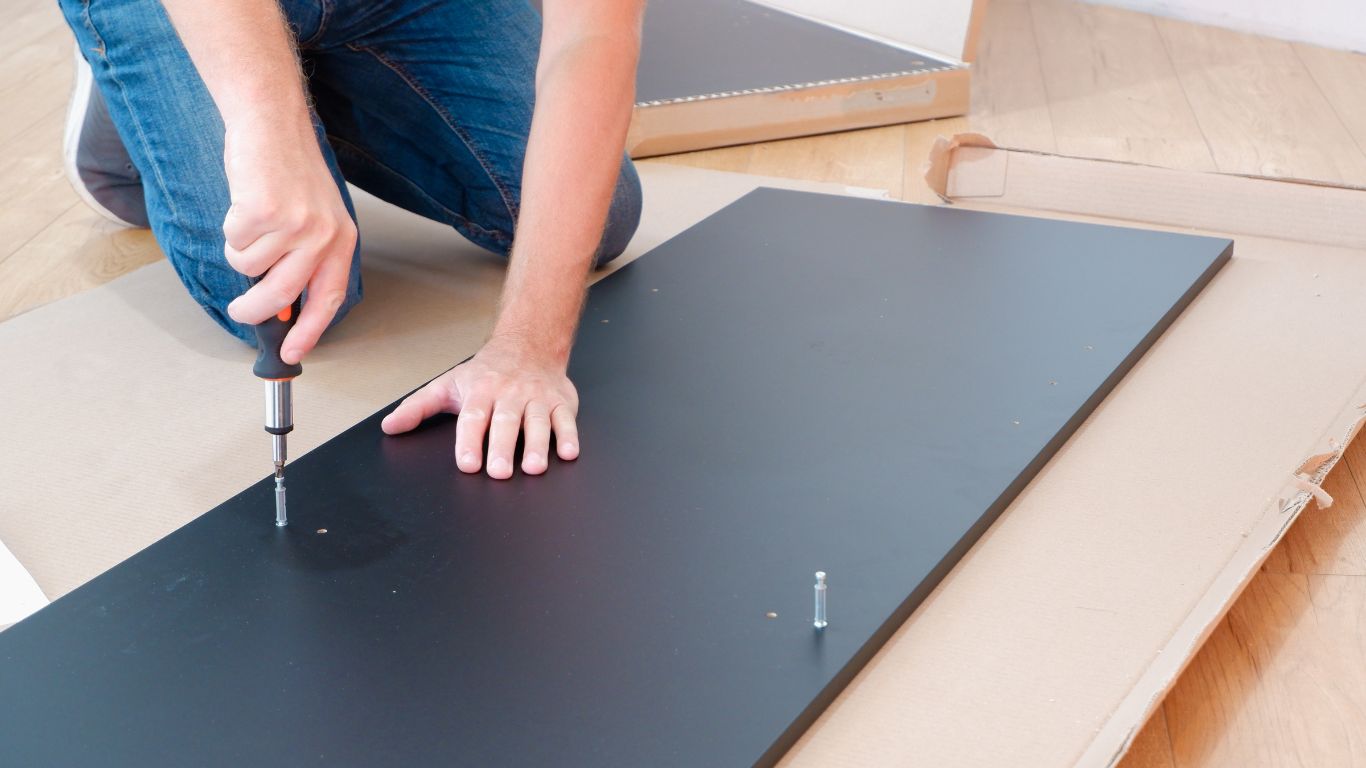
Once the equipment is disassembled, clean it thoroughly to remove any dust or debris. Use a soft cloth and appropriate cleaning solutions to ensure that your equipment is in the best possible condition before packaging.
In addition to disassembling and cleaning, take photos of any complex equipment setups or wiring configurations. This will help you reassemble the equipment correctly at your new location.
Securing and Protecting Fragile Components
Office equipment often contains fragile components that require extra care during packaging. To protect fragile components, wrap them individually with bubble wrap or foam padding. Pay special attention to screens, glass surfaces, and delicate connectors.
When packing multiple items in a box, use dividers or cardboard inserts to prevent them from shifting and colliding with each other. This will help minimize the risk of damage caused by internal movements. It’s very important that you also label fragile items as such.
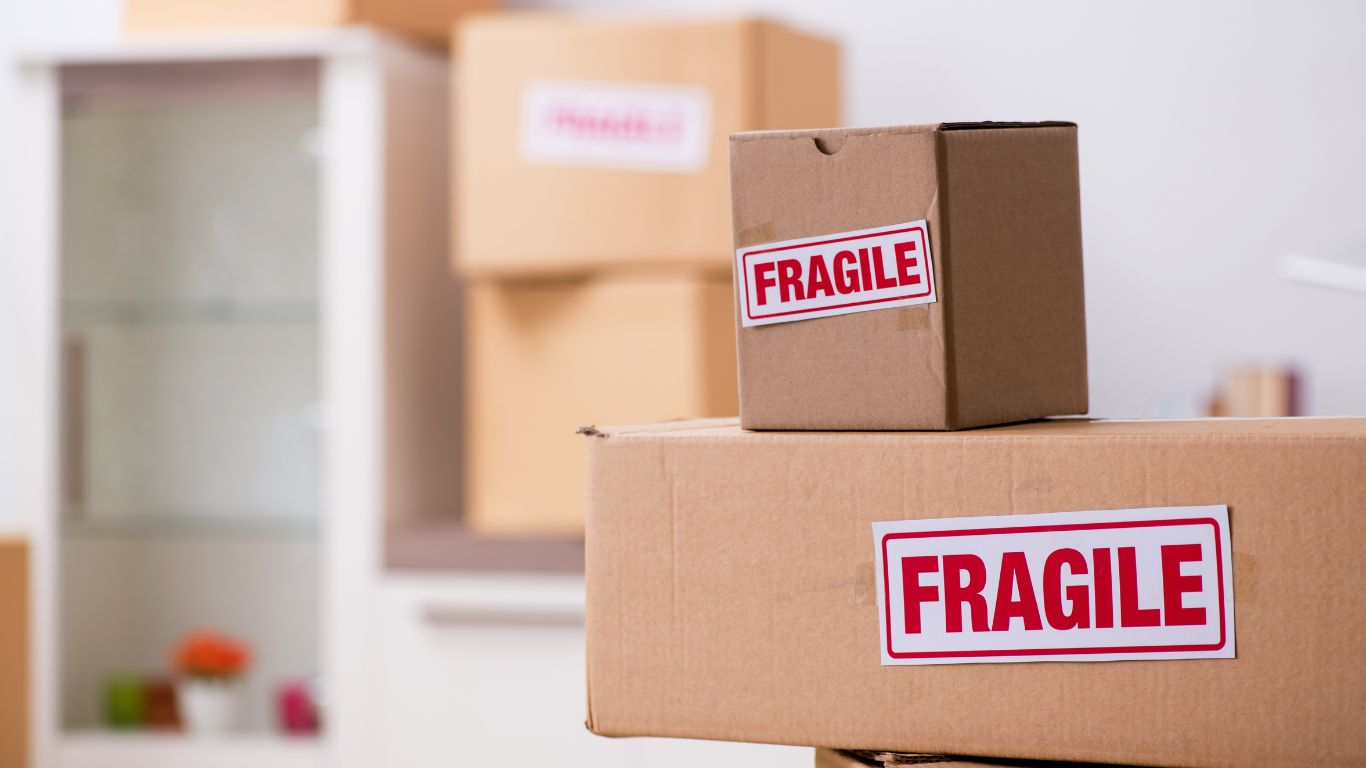
If you’re transporting printers or copiers, make sure to secure the print heads and toner cartridges. Remove toner cartridges and secure them in a plastic bag to prevent leakage. Additionally, secure the print heads with tape to prevent them from moving during transit.
Labeling and Organizing the Packaged Equipment
Proper labeling and organization of packed equipment are essential for a smooth commercial office moving process. Clearly label each box with the contents and the room it belongs to. This will make it easier for movers or colleagues to handle and unpack the boxes at the new location.
Create a moving checklist and inventory list of all the packaged equipment, including serial numbers and any special instructions. This will help you keep track of your equipment during the process and ensure that everything arrives safely, even during long distance moves.
To further facilitate the unpacking process, consider color-coding or numbering the boxes based on priority. This will help you identify which boxes should be unpacked first, allowing you to quickly set up essential equipment and resume your business operations.
How to Package Office Supplies
Efficiently packaging office supplies is crucial for safe storage and transportation, ensuring they remain organized and undamaged. Here’s a break down of the packaging process for different office items:
1. How to Package Paper Products:
- Printer Paper: Pack the printer paper securely in sturdy cardboard boxes, making sure they are laid flat to avoid any potential bending or curling.
- Notebooks/Notepads: Safeguard your covers with the soft embrace of bubble wrap or the sturdy support of cardboard sleeves. Embrace their bundled beauty, securing them with the tape’s gentle grip or the flexible hold of rubber bands.
- Envelopes: Sort the envelopes by size and place them securely in a flat box, taking care to avoid any creasing or folding.
2. How to Pack Office Writing Instruments:
- Pens and Pencils: Safely stow away in compact boxes or durable plastic containers to prevent any unwanted movement or harm.
- Markers and Highlighters: Safely nestle them in containers or cases in an upright position to prevent any unwanted leakage of ink.
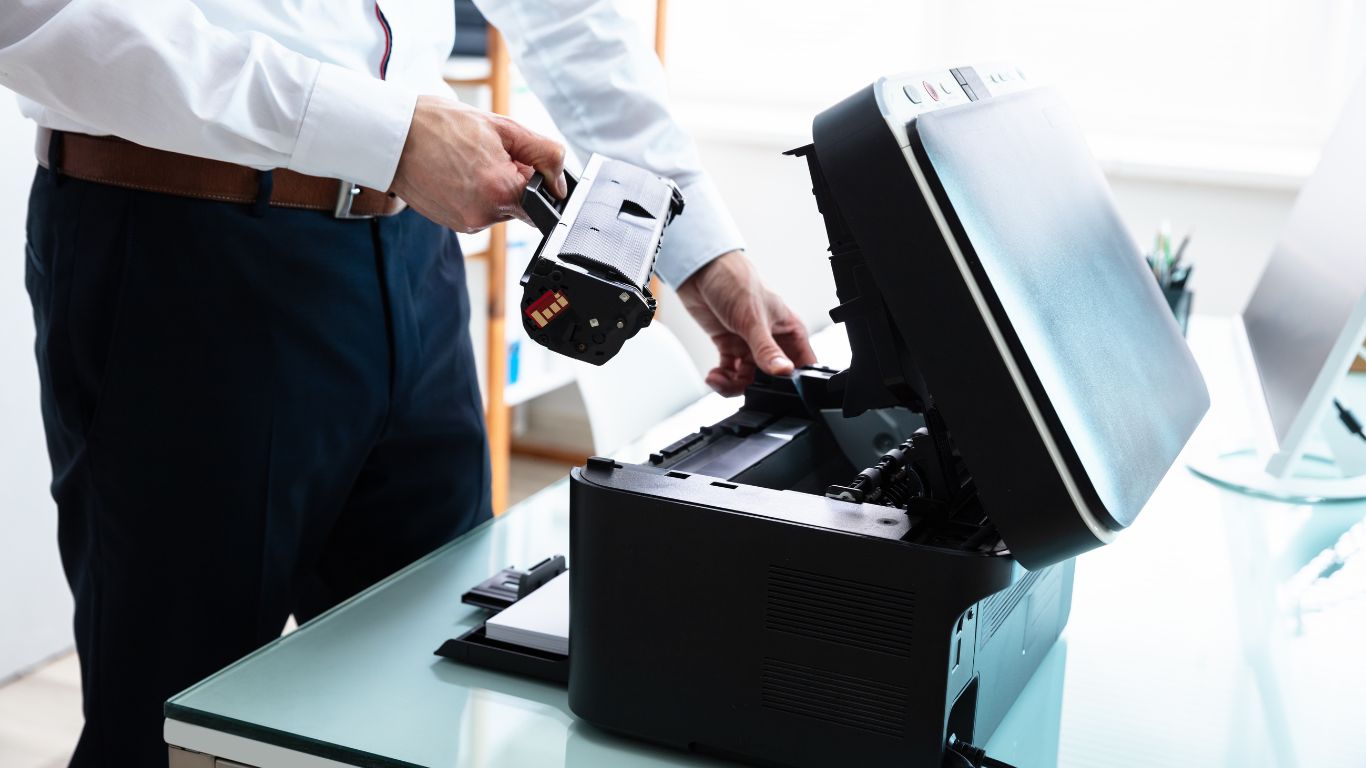
3. How to Package Office Electronic Devices:
- Computers/Laptops: If you still have the original packaging for your computer or laptop, it’s best to use that for added protection. However, if you no longer have the original packaging, don’t worry! Simply wrap your device in bubble wrap and carefully place it in a padded box to ensure its safety during the move.
- Printers/Scanners: To ensure the safe transport of printers and scanners, it’s important to remove ink cartridges and secure any moving parts. Wrap the equipment in protective bubble wrap and place it in a sturdy box for added security.
4. How to Pack Office Furniture:
- Chairs: If feasible, take apart the furniture and wrap each component in bubble wrap. Enhance its safety with the added layer of security provided by furniture blankets or padding.
- Desks/Tables: If it’s possible, consider disassembling the furniture. Wrap each component in bubble wrap to protect the surfaces from scratches or damage. Don’t forget to use corner protectors to ensure the edges remain intact and undamaged throughout the local move.
5. How to Package Office Accessories:
- Staplers, Hole Punches: For staplers and hole punches, carefully pack them in compact boxes, ensuring that any moving parts are securely fastened. Provide cushioning with bubble wrap or packing paper to protect these items.
- Paper Clips, Rubber Bands: Opt for resealable bags or small containers to keep your office accessories organized and prevent any loose items from scattering during the move.
6. How to Move Filing and Storage Solutions:
- File Cabinets: Secure drawers with tape or straps. Use furniture pads to protect corners during transport.
- Shelving Units: Disassemble if possible. Wrap shelves and uprights separately, label parts for easy reassembly.
Would You Rather Hire Professional Office Movers?
Are you looking for a stress-free office relocation experience? Look no further! Our office relocation services are here to take care of all the hard work for you. Whether you need last-minute movers or want to plan ahead and ensure the safety of your valuable office equipment, United Local Movers is here to offer our full support. Want to know the cost of your office relocation? Don’t hesitate to request a free moving quote today and let us handle the rest!
